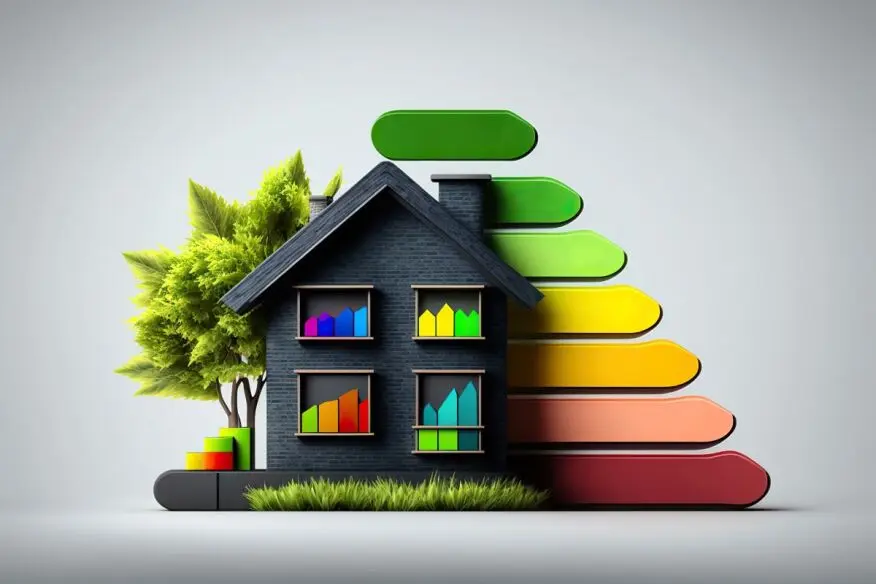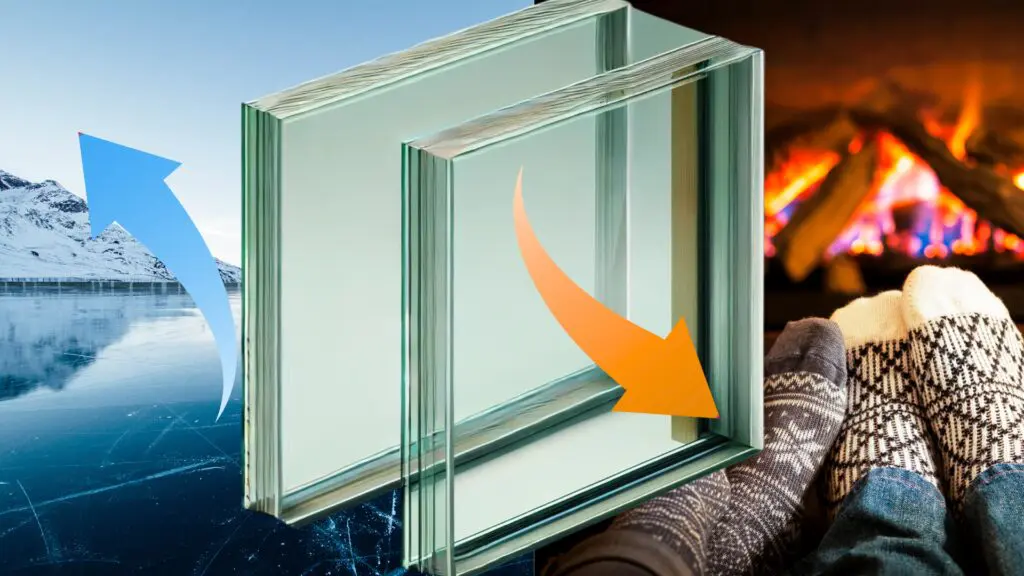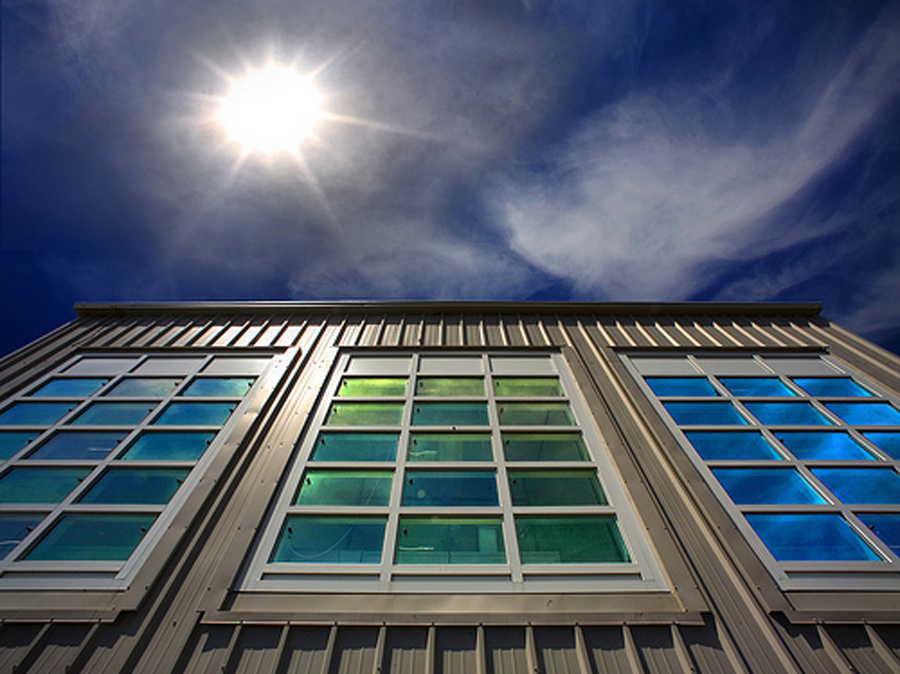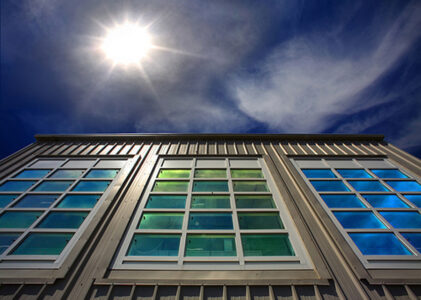If you’re planning to replace aging windows or designing a brand-new home, investing in energy efficient windows can make a big difference. Not only do they help maintain a comfortable indoor temperature in all seasons, but they also cut down your energy bills and carbon footprint—making your home more sustainable and cost-effective in the long run.
In this article, we’ll walk through what makes a window energy efficient, highlight the best types available, explain how to read performance ratings, and offer tips on choosing the right window for your needs.
What Exactly Are Energy Efficient Windows?
Energy efficient windows are engineered to limit heat loss in the winter and reduce heat gain in the summer. They typically feature multiple panes of glass, insulating gases, and specialized coatings that reflect heat and harmful UV rays. These components work together to regulate temperature, reduce energy use, and improve comfort.
🏠 According to the U.S. Department of Energy, inefficient windows can account for 25–30% of residential heating and cooling energy use. Upgrading can have a major impact.
Key Features That Set Energy Efficient Windows Apart
Here are the top technologies and components to look for:
- Double or Triple Panes: More layers mean better insulation and reduced outside noise.
- Low-E Glass Coatings: Thin metallic layers that reflect heat while still letting light in.
- Gas Fills: Argon or krypton gas between panes provides better thermal performance than air.
- Insulated Frames: Materials like fiberglass or vinyl reduce thermal bridging.
- Warm Edge Spacers: Help prevent condensation and maintain a tighter seal between panes.

📋 Tip: Always check the NFRC label for ratings like U-Factor and SHGC to compare performance.
Why Upgrade? Benefits of Energy Efficient Windows
- More Consistent Indoor Temps: Say goodbye to cold drafts and overheated rooms.
- Lower Utility Bills: ENERGY STAR says you can save up to $465/year by switching from single-pane to efficient windows.
- Reduced Environmental Impact: Lower energy usage = fewer greenhouse gas emissions.
- Better Home Value: Energy upgrades can boost resale appeal.
- Noise Reduction: Multiple panes and gas fills help block out outside sounds.
Comparing Standard vs. Energy Efficient Windows
| Feature | Standard Windows | Energy Efficient Windows |
|---|---|---|
| Glass Panes | Single | Double or Triple |
| Gas Fill | None | Argon/Krypton |
| Low-E Coating | No | Yes |
| Insulated Frame | Minimal | High-quality materials |
| U-Factor | 0.40–0.55 | 0.20–0.30 |
| SHGC | 0.45–0.60 | 0.25–0.35 |
| ENERGY STAR | No | Yes |
Lower U-Factor and SHGC values indicate better performance.
Best Styles of Energy Efficient Windows
- Casement Windows: Hinged at the side and seal tightly—ideal for colder climates.
- Double-Hung Windows: Classic look with updated efficiency when paired with Low-E glass and quality seals.
- Picture Windows: Fixed windows with no openings—perfect for letting in light with minimal heat loss.
- Sliding Windows: Great for wide openings and can be energy efficient when well-sealed.

Choosing the Right Window Frame Material
| Frame Material | Insulation | Maintenance | Durability | Best For |
|---|---|---|---|---|
| Vinyl | Good | Very Low | High | Most residential homes |
| Fiberglass | Excellent | Low | Very High | High-performance homes |
| Clad Wood | Very High | Moderate | High | Custom or historic homes |
| Thermal-Break Aluminum | Moderate | Low | High | Modern/commercial builds |
FAQs About Energy Efficient Windows
How much can I save with energy efficient windows?
It varies, but most homeowners save between $100 and $500 annually—especially in extreme climates.
Are triple-pane windows worth it?
Yes, particularly in cold regions or noisy neighborhoods. They offer better insulation and soundproofing.
Do they block UV rays?
Yes. Low-E coatings block up to 99% of UV rays, helping prevent fading on floors, furniture, and artwork.
What does “U-Factor” mean?
It’s a measure of heat transfer. Lower U-Factors mean better insulation. Aim for ≤ 0.30.
Can older homes be retrofitted with energy-efficient windows?
Definitely. Many manufacturers offer custom sizing to fit existing openings.

Final Thoughts
Energy efficient windows are more than just a smart investment—they’re a long-term solution for better comfort, lower energy bills, and a more sustainable home. Whether you’re upgrading a 1920s bungalow or building your dream home from the ground up, the right windows can dramatically improve how your space looks and feels.
Want to browse certified options? Visit the official ENERGY STAR Window Finder to start your search.


